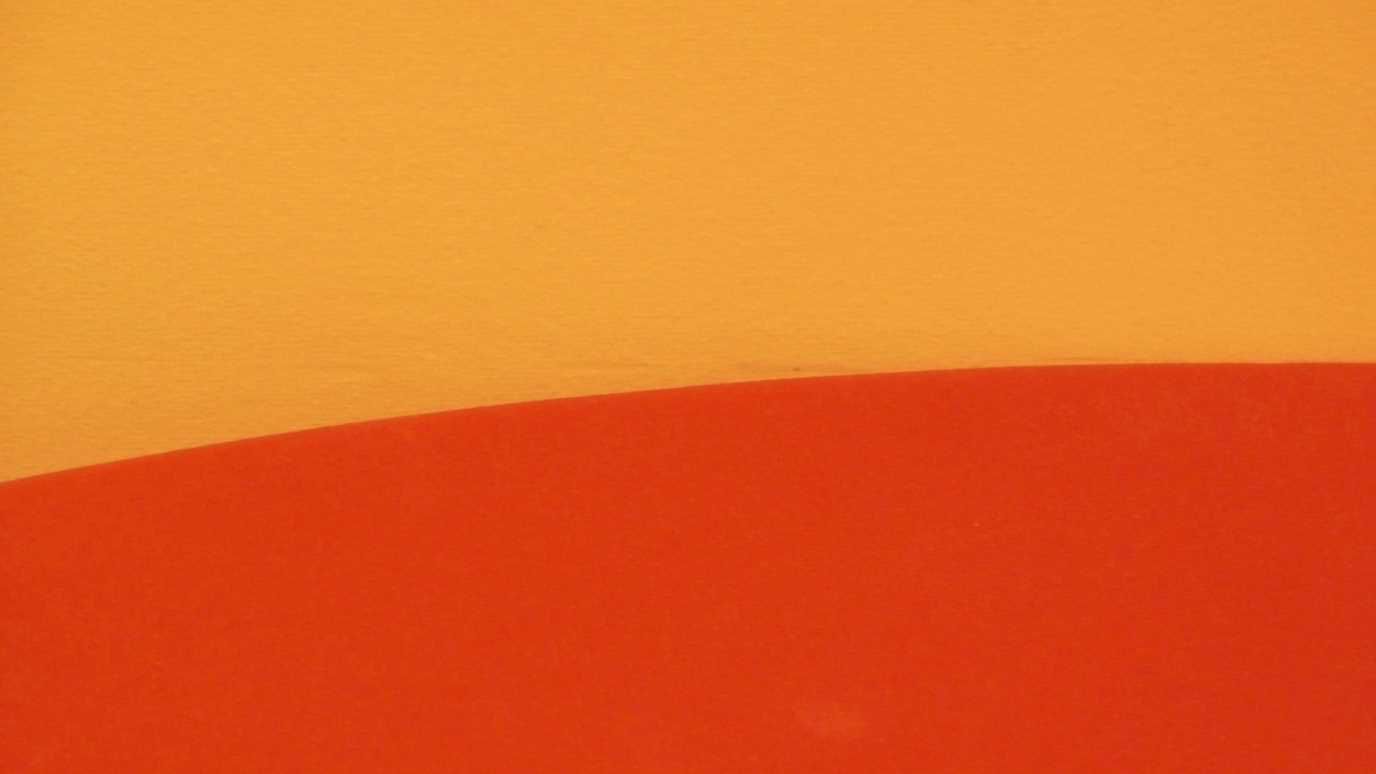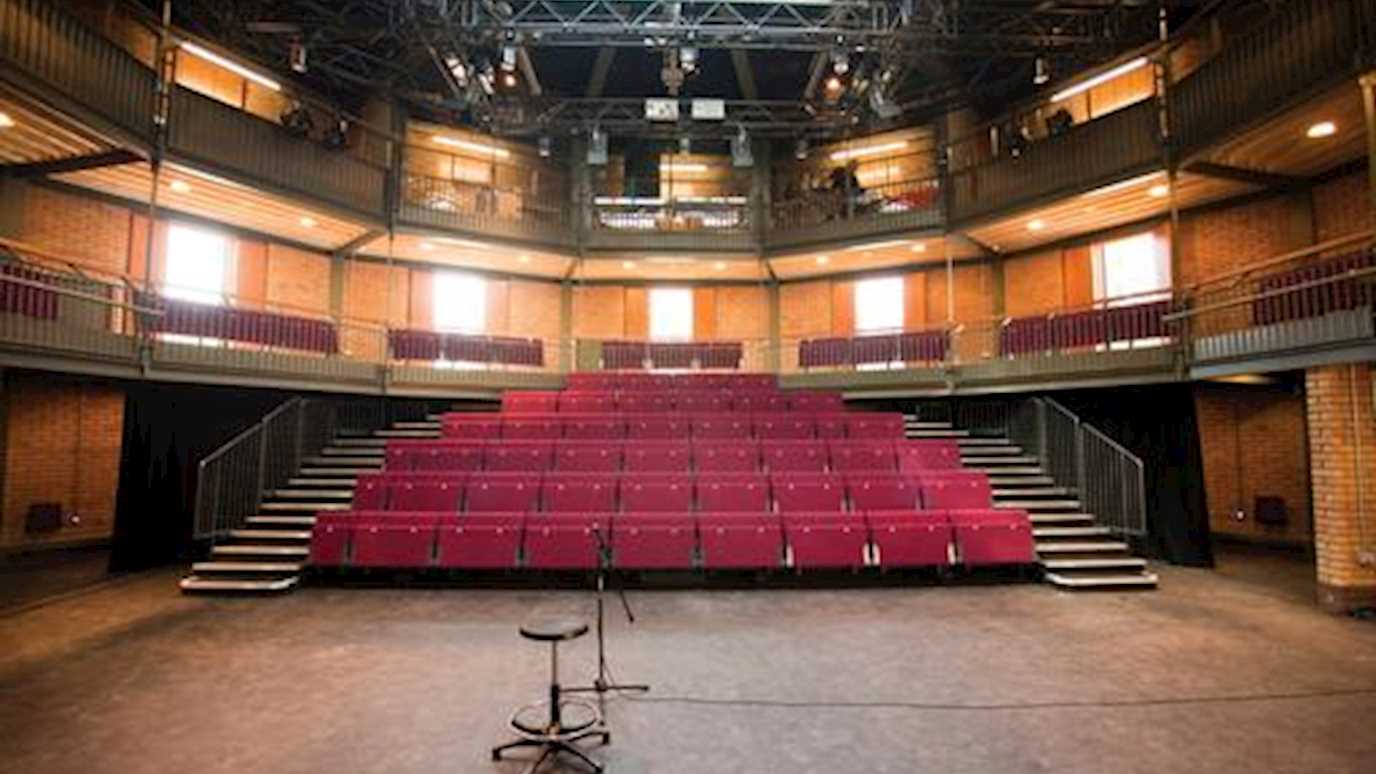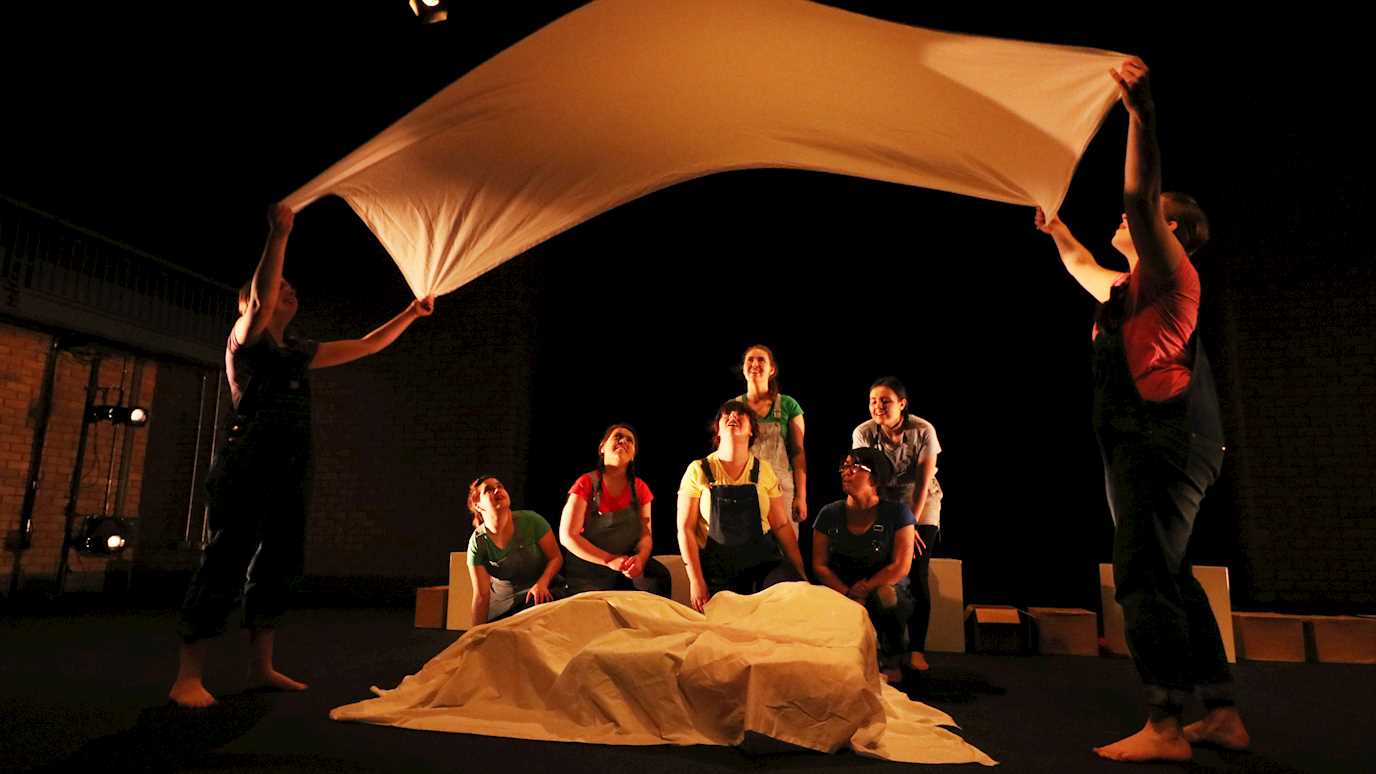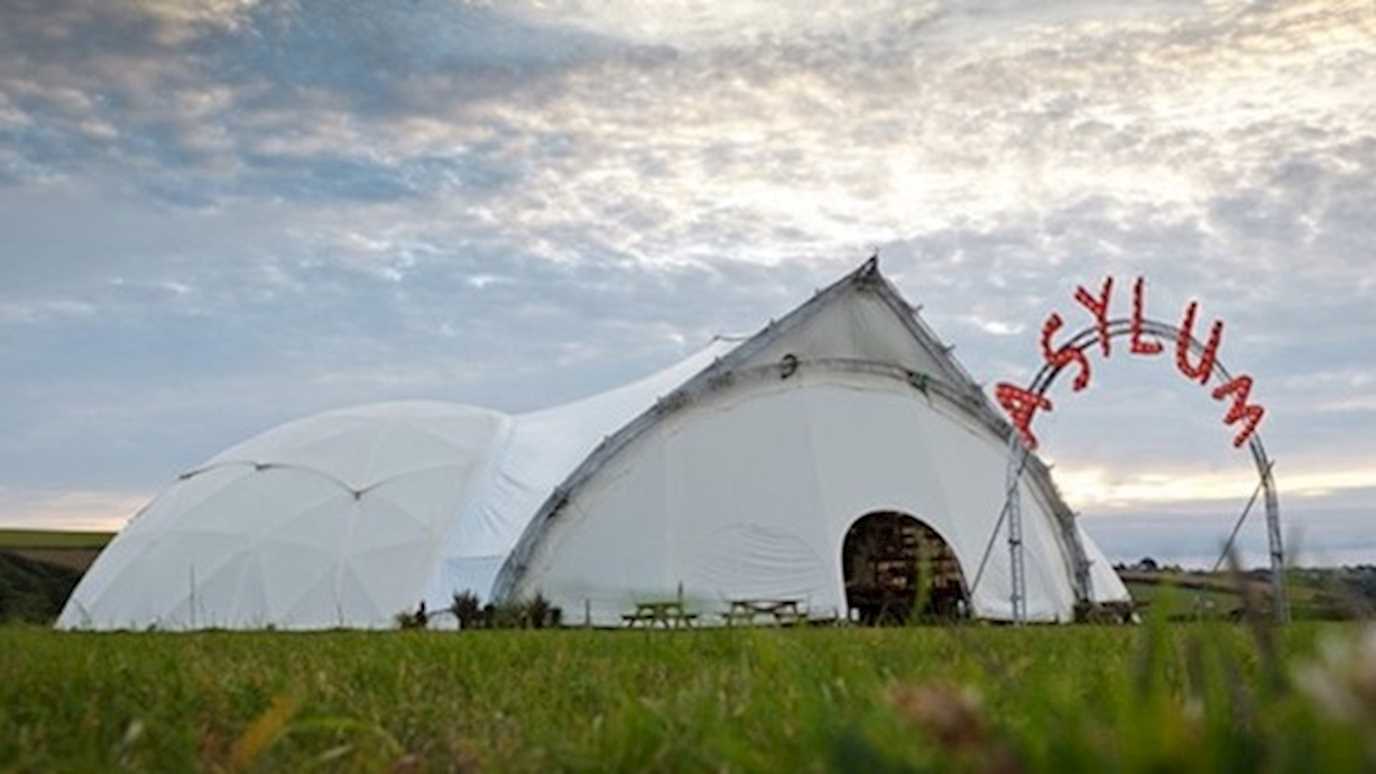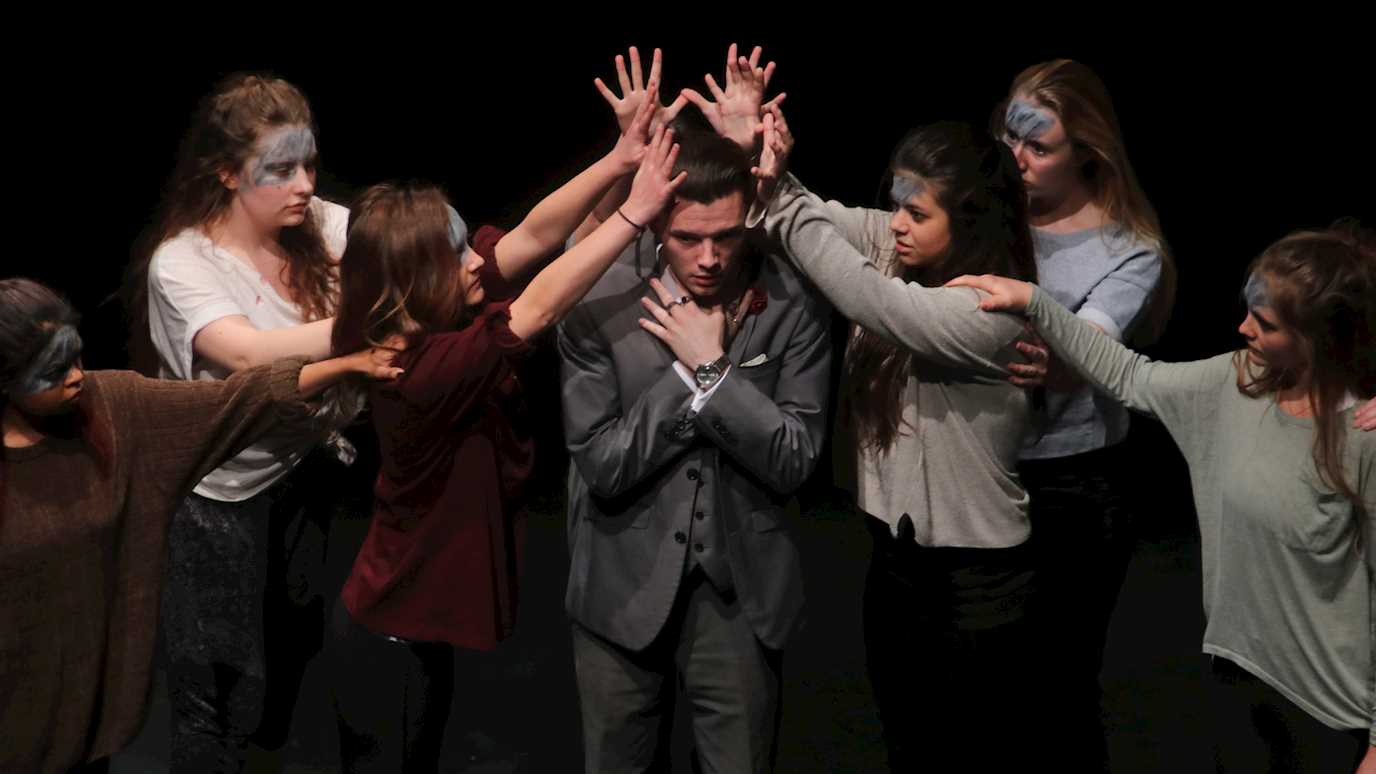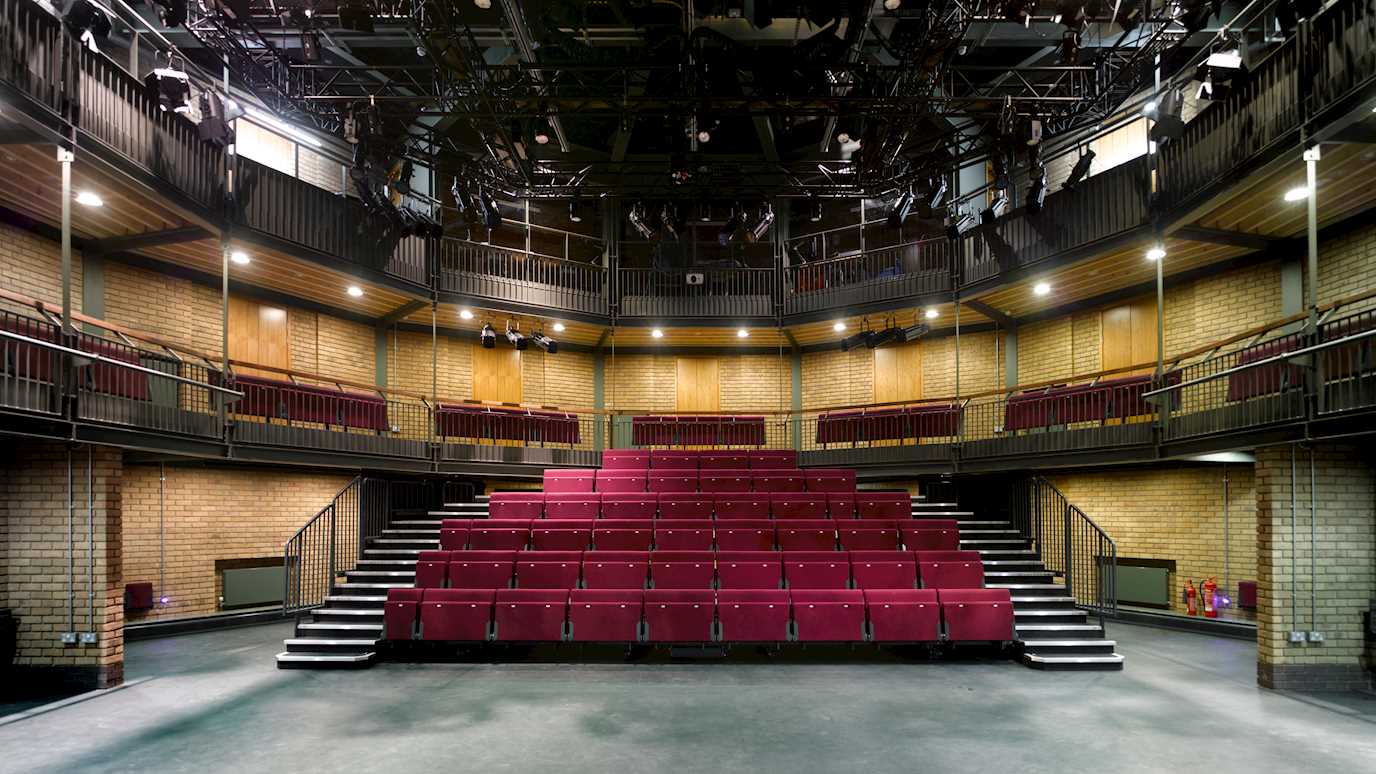Balance is an insecure state. When extreme acts of falling (releasing) and suspension (being unable to move) push bodies off balance, into a state of disorientation, balance is put into question. Following Sara Ahmed’s observation that bodies lose their balance if they do not move along the straight vertical line of capital (2016) and Anne Cooper Albright’s analysis which explores how we can practice realigning ‘at the edge of our balance’ (2019), this issue of Platform investigates moments in which balance is put at stake.
If the experience of disorientation implies throwing the body off its straight vertical line, to what extent do collective political and social investments then not only put the order of the world as we know it out of alignment, but can also create a different, perhaps more balanced constellation? How can holding on to an idea of balance provide tools to disorientate and create a different understanding of equilibrium in performance studies? Drawing on recent explorations of balance in dance studies, what is to be gained by conceptualising balance as a methodological tool in performance and dance research?
Offset by inequalities that are ingrained in the capitalist system, there is a particular desire in somatic performance practices to re-establish balance by feeling bodily movements in a more attentive way. We ask, what happens if the fragile state of being in balance is applied beyond the individually moving body? What does ‘being in balance’ then start to mean collectively, politically, and institutionally? If we accept that the ways of thinking about the world and moving through it are connected, how does dance and performance emerge in moments in which bodies are off balance?
Platform invites submissions from postgraduate and early-career researchers, scholars, and practitioners working in the fields of dance, theatre, music, media/digital arts, art history, and other related body-based practices. We welcome interdisciplinary and/or collaboratively produced articles (4,000 words), creative contributions that experiment with form and length (such as essayistic, poetic, photographic and other image-based contributions), as well as performance responses (1,000 words) that engage with one or more of the following:
- Coalescent Impulses: Manoeuvring through Balance and Fall
- Historical Disequilibrium: Disorientating White Dance in the Museum
- Feeling the Body’s Voice: Tension and Release
- Extreme Aesthetics: Performing Beyond Balance
Coalescent Impulses: Manoeuvring through Balance and Fall
The revitalisation of contact improvisation offers possibilities to explore the mechanics and metaphors of acts of falling and flying, acts that lead to fate or freedom. Remembering the contact improvisation work of Nancy Stark Smith and Steve Paxton, how - as Cooper Albright asks - can the vertical momentum of the fall be channeled into the horizontal expression? Or as Denis Darzacq’s images of young white and people of colour caught in the act of freefall in urban locations suggests, how can a body moving through space generate (kinaesthetic) pleasure all by itself? How can states of suspension be overcome with momentum that depend on the pull of gravity?
Historical Disequilibrium: Disorientating White Dance in Museums
Who has the time and privilege of falling into and outside the cultural institutions? Living through a moment in history in which there is a dominating ‘neoliberal impulse to include’ performers of colour as part of a ‘progressive racial politic’ (DeFrantz), this impulse explores the inclusion of ‘non-white’ dance in visual art institutions. To what extent does the integration of dance artists of colour such as Jamila Johnson Small, Faustin Linyekula, and Okwui Okpokwasili imply a reorientation within the practices, histories, and curatorial programmes of performance in art museums, alternative dance spaces, and in non-English- speaking countries? How can the disorientation of white spaces offer a radical re-imagining of performance that refuses the neo-liberal tokenism that DeFrantz problematises? What has been exposed by the predominance of whiteness in experimental dance dating back to the Judson Church dancers whose whiteness allowed them to de/reskill dance in spaces but precluded performers of colour?
Feeling the Body’s Voice: Tension and Release
When tension is released in bodies, attention can be brought to the subtle changes that spark a process of realignment. Releasing tension also affects perception and preconceived ideas (Vida Midgelow). Where to find and lose presence and agency in motion, such as stillness, and how to occupy space in the balancing act of holding and release? In recent performance works (such as Gisèle Vienne’s slow-motion performance Crowd and Jule Flierl’s grotesque voice performance Störlaut), there is a tendency to intensify bodily movements and voice to make us see, hear, and feel anew/again. How does the perception of embodied balance change if balance is explored across time, and in relation to sound, noise, or music?
Extreme Aesthetics: Performing Beyond Balance
The exploration of balance requires increased bodily sensibility and the de-sensibilisation of its assumed limits. This impulse investigates how performance works stage balance beyond failure (Gotman), falling (Emilyn Claid, Ric Allsopp), and exhaustion (Lepecki). The desire to transcend balance, to perform beyond balance, requires risk-taking but also, as Florentina Holzinger puts it, necessitates us ‘to be quite reasonable’. Other artists, such as Elizabeth Streb and Louise Lecavalier, also explore possible means to perform desires that intensify habituated ways of feeling and performing. How do they and other practitioners keep moving beyond balance, and how do they frame extreme moments of balance on the stage?
For this issue on ‘Balancing Acts’, we welcome contributions that respond to the impulses above, but also welcome contributions that also explore other ‘Balancing Acts’.
Submissions should be original, unpublished work. Included images should be all appropriately captioned and attributed. We ask that all potential contributors familiarise themselves with our submission guidelines.
Abstracts of 500 words are to be submitted to platform-submissions@rhul.ac.uk by 31 July Articles published in Platform are usually 4,000 words and other types of submissions can vary in length. If the abstract is accepted, the final deadline for the contributions will be 1 November.
With kind regards,
Josephine Leask and Lisa Moravec, issue editors
Meg Cunningham and Clio Unger, Editorial Board
References
Ahmed, S., ‘Queer Fragility’, on: feministkilljoys.com, April 21, 2016.
Cooper Albright, A., How to Land: Finding Ground in an Unstable World (2019), New York: Oxford University Press, 2019.
DeFrantz, T., ‘Black Dance After Race’, in: The Oxford Handbook of Dance and Ethnicity, (eds.) Anthony Shay and Barbara Sellers-Young, 2016.
Fragleigh, S., Back to the Dance Itself, Illinois: University of Illinois Press, 2018.
Gotman, K., ‘Anaesthesis: Dance Marathons and the Limits of Sense’, in: Beyond Failure: New Essays on the Cultural History of Failure in Theatre and Performance, Eve Katsouraki and Tony Fisher (eds.), pp. 119-145, Routledge, 2018.
Koteen, D. and Stark, N., Caught Falling, Contact Quarterly Edition, 2008.
Lepecki, A., Exhausting Dance: Performance and the Politics of Movement, London/New York: Routledge, 2006.
‘On Falling’, Performance Research issue, (eds.) Emilyn Claid and Ric Allsopp, Vol. 18, No. 4, 2013.
The Oxford Handbook of Improvisation in Dance, (ed.) Midgelow, V. L., 2019.










